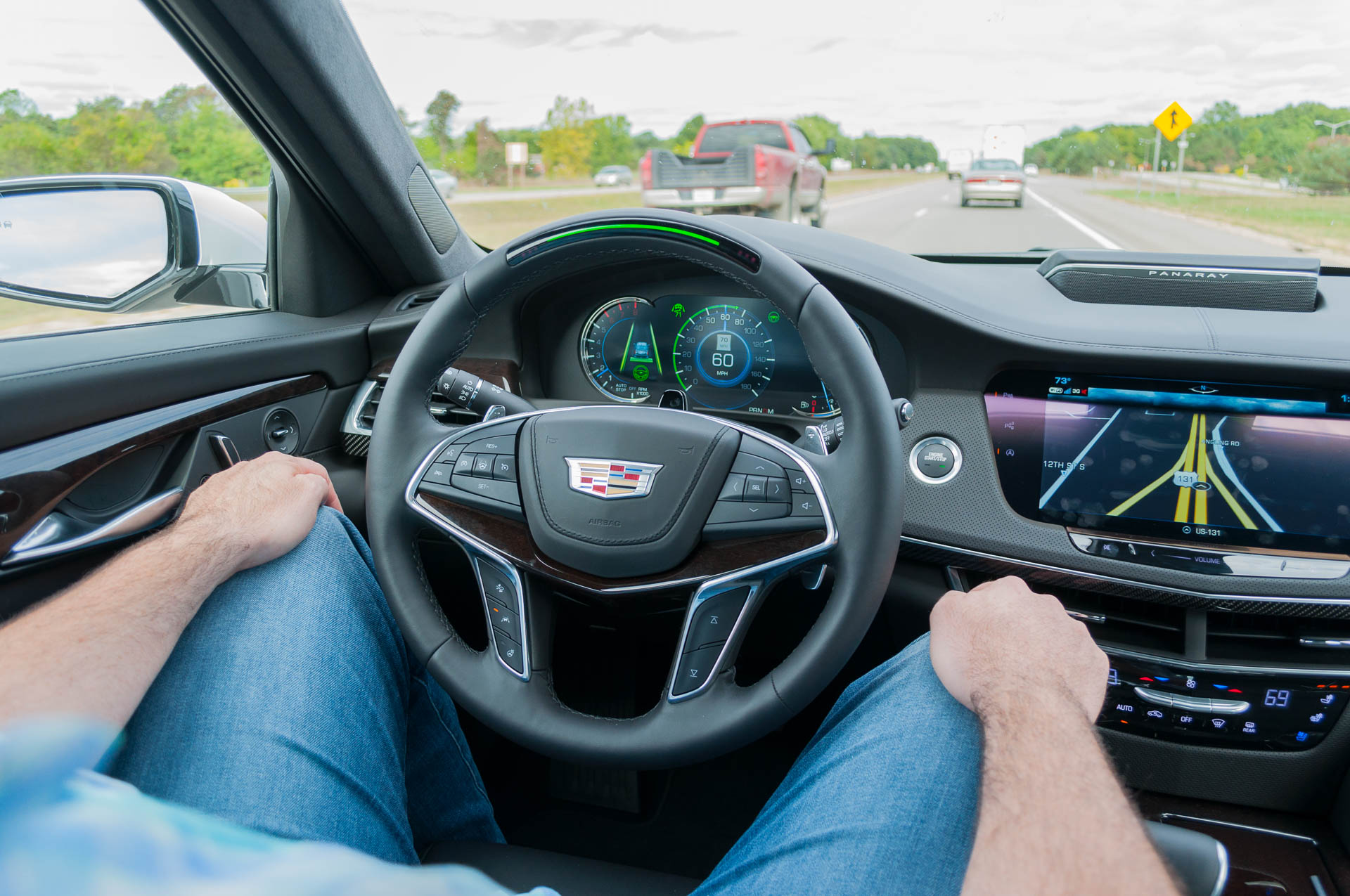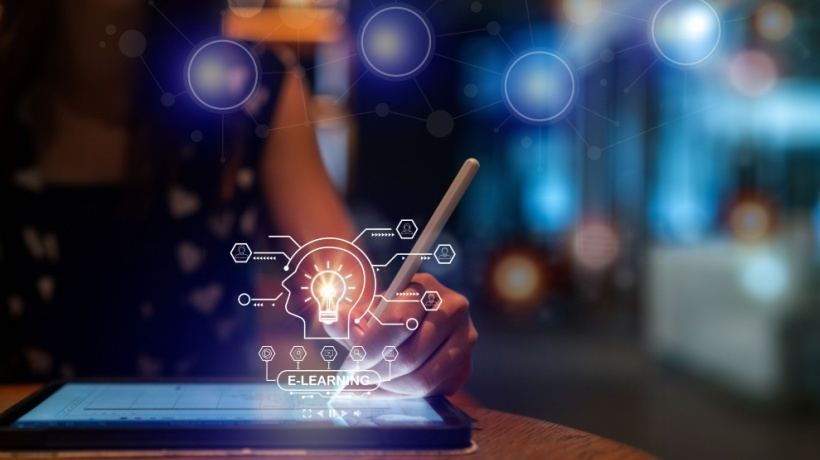Beyond Generative AI-Powered Content Creation
In the last two years, generative AI has emerged as a powerful tool in education, offering teachers new ways to create content and engage students. But even though everybody is talking about embracing AI to improve the learning experience, and educators are actively increasing their AI literacy, I feel that we are only scratching the surface of how we can use this technology, without having unlocked the full potential of generative AI in education. While creating lesson plans, worksheets, and other educational materials using AI has been a game changer for teachers, we should also be exploring more innovative applications to fully harness the technology’s potential in transforming education.
Current Use Of Generative AI In Education
Teachers are increasingly turning generative AI-powered EdTech tools for content generation to automate the creation of lesson content. These tools can quickly generate text, quizzes, and even visual aids, saving educators valuable time. However, this approach often limits the use of AI to a content creation role, underutilizing its broader capabilities.
One of the most talked-about benefits of generative AI in education is its ability to automate lesson generation, which allows teachers to focus on one-on-one interactions with students. Instead of lecturing in class and assigning homework, teachers can provide prerecorded lectures and materials for students to review at home. Class time can then be dedicated to interactive discussions, problem-solving, and hands-on activities.
However, by focusing primarily on content generation, educators may be missing out on the other transformative possibilities that AI can bring to the classroom. This narrow application of Generative AI to education can even end up leading to a stagnant learning environment, where students passively receive information rather than actively engaging with it.
Fostering Creativity And Critical Thinking
Generative AI can also serve as a creative partner for students, encouraging them to explore and express their ideas in novel ways. AI-assisted writing prompts can inspire creative writing projects, while AI-generated art and music can help students experiment with different artistic mediums. Some platforms allow learners to have life-like with famous people, increasing curiosity about the subject, and ensuring higher student engagement.
One of my favorite activities language upskilling publishes an AI-generated image daily, and encourages users to write a prompt (with a restriction on the number of characters) and try to generate the same image. Not only does it push the learners to test their language skills and creative thinking abilities, it also unlocks their sense of competition. Even if their image isn’t displayed on the site’s leaderboard, teachers can organize an informal competition by comparing the images generated by different people and the prompts behind them.
Another activity that excites me as an educator is flipping the classroom with the help of using generative AI image and video creation tools and platforms. Imagine asking students to generate an image based on their interpretation of a poem they have just studied. An activity that kills so many birds with one stone: it ensures that students pay attention while the poem is being discussed, unlocks their creative and analytical skills, and once the images are generated one can have an excellent session where everyone explains and justifies the image they’ve generated.
In addition to fostering creativity, AI can play a crucial role in developing students’ critical thinking skills. AI can simulate complex problem-solving scenarios and debates, challenging students to think deeply and make informed decisions. For example, AI-generated case studies and interactive decision-making games can provide students with opportunities to practice their analytical and reasoning skills in dynamic, real-world contexts.
Practical Implementation Strategies
To fully realize the potential of generative AI in education, professional development for teachers is essential. Educators need training to use AI tools effectively and creatively, understanding not just the technical aspects but also the pedagogical implications. Workshops, online courses, and collaborative learning communities can help teachers stay up-to-date with the latest AI advancements and best practices. Creating collaborative learning environments is another key strategy. By encouraging collaboration between teachers and students, educators can explore AI applications together, fostering a sense of shared discovery and innovation. For example, teacher-student co-creation projects using AI can lead to unique educational experiences that benefit all participants.
Generative AI offers immense potential to transform education, but its full power is only realized when educators think beyond traditional content creation. By embracing innovative uses of AI, such as flipping the classroom, creating multimodal learning experiences, and fostering creativity and critical thinking, teachers can create more immersive and engaging learning environments. As educators explore these possibilities, they can unlock new ways to inspire and educate their students, preparing them for a future where AI plays an integral role in their personal and professional lives.










